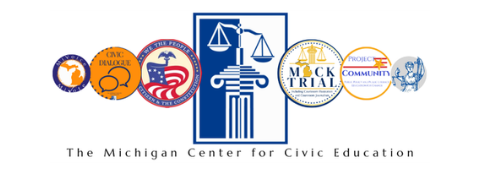This case summary provides teachers with everything they need to teach about McCulloch v. Maryland (1819). It contains background information in the form of summaries and important vocabulary at three different reading levels, as well a review of relevant legal concepts, diagram of how the case moved through the court system, and summary of the decision. This resource also includes seven classroom-ready activities that teach about the case using interactive methods.
Civics Lessons
McCulloch v. Maryland (1819)
2nd Amendment and the Courts
After reading and discussion of federal gun policies and proposals, their pros and cons, and the Second Amendment, students debate the merits of different gun policies.
What Makes an Amendment?
Students will learn about the process of amending the Constitution. They will review the details of the amendment process and discuss its pros and cons. In class activities, assignments, and the Lesson Extensions, student partners and groups will create persuasive presentations that they will share with the class to gain support for an amendment.
Hazelwood v. Kuhlmeier (1988)
This case summary provides teachers with everything they need to teach about Hazelwood v. Kuhlmeier (1988). It contains background information in the form of summaries and important vocabulary at three different reading levels, as well a review of relevant legal concepts, diagram of how the case moved through the court system, and summary of the decision. This resource also includes seven classroom-ready activities that teach about the case using interactive methods.
Qualities of Judges
Students brainstorm qualities that judges might possess, then discuss why those qualities are important.
The Constitution: Drafting a More Perfect Union
This lesson focuses on the drafting of the United States Constitution during the Federal Convention of 1787 in Philadelphia. Students will analyze an unidentified historical document and draw conclusions about what this document was for, who created it, and why. After the document is identified as George Washington’s annotated copy of the Committee of Style’s draft constitution, students will compare its text to that of an earlier draft by the Committee of Detail to understand the evolution of the final document.
The Exchange: Should Same-Sex Couples Have the Right to Marry
This research and deliberation activity encourages students to look at the issue of same-sex marriage from different points of view.
We the People
Students recognize the different parts of the U.S. Constitution and conduct a close text reading to discover the meaning and significance of each part. Throughout the lesson, students will track the development of the Constitution from the original document and its articles to the amendments up through the 1992 edition of the Twenty-Seventh Amendment.
The Road to the Constitutional Convention
This lesson focuses on the various problems under the Articles of Confederation between 1783 and 1786 that led to the call for the 1787 Convention. By examining documents of Congress, the state governments, and prominent American founders—both public and private—students better understand why many Americans agreed that the Articles should be revised and amended.
The Exchange: When Should Increased Security Measures Outweigh Your Privacy Rights in School?
This activity encourages students to deliberate on the issue of balancing privacy and security.

